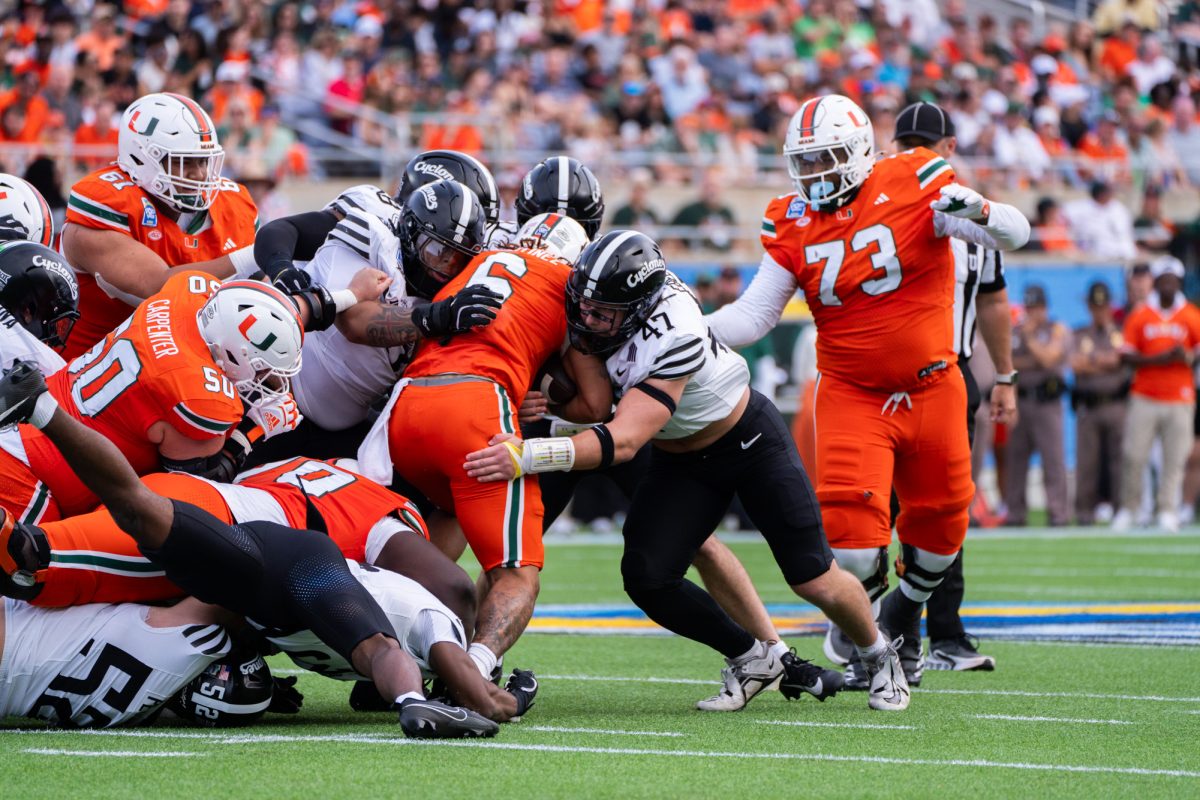COLUMN:Stop funneling, start filtering my ####ing spam
October 21, 2002
You’ve got to love paternalism, don’t you? I’m not talking about any of your standard no-prostitutes, no-crack, always-seat-belts kind of paternalism. That kind of paternalism could at least be justified on some sort of ethical self-preservation grounds.
No, the kind of paternalism that’s chafing me at the moment is the one that probably has everyone scratching their heads and thinking spam
Everyone and their mom seems to be up in arms about the so-called spam filter. Why everyone and their mom? Well, probably because the mom’s e-mails get labeled “[SPAM? ###,” or perhaps because the “filter” is in fact a non-filter. Think about it. Filters like, for example, your kitchen colander, will remove what you don’t want, while keeping what you do want. There may be a small failure rate, as a few pieces of macaroni might slip through, but it’s probably not catastrophic. A colander does not, on the other hand, simply point out to you “Macaroni?” and “Water?” while grading the probability of each.
According to the explanation posted on webmail.iastate.edu, the spam filter increases the number of # symbols displayed, up to ###### being equivalent to a 90-100 percent chance of mail being spam.
They equate it to caller ID. There’s one problem with this that’s obvious, and another that I’ll address later. My caller ID doesn’t make my phone scream “Telemarketer!” at me and imprint my phone calls with it. Nor does an operator cut in after I’ve been on the phone for 30 seconds to say “There is a 30 percent chance that this is your friend Bob, but we consider it quite likely that it’s a telemarketer.” However, any e-mails I happen to get that for some reason fulfill this bizarre spam definition are marked for life with a metaphorical scarlet group of letters.
If only I could do a similar thing for AIT projects. I could walk around with a T-shirt with a certain number of # signs. One # equals a 30 percent rate of rage, while ###### equals a 90-100 percent of likelihood of me going on a rampage against any and every AIT project. This spam non-filter would rank up with AmesMall sending a virus to ISU students last spring, courtesy of the fact that our addresses were sold to them. If it worked to eliminate anything with certainty that it was spam, maybe it would be worth it, but nonetheless, one man’s spam is another man’s long-fulfilled dream to enlarge his penis come true in the version of electronic ads.
The other difference between the spam non-filter and the caller ID analogy is that caller ID is voluntary. I have to pay extra for the service, so I know my phone company isn’t just taking my bill and using it to pay for a service that I consider a disservice. But I can’t say that about AIT. My computer fees are being used to create a non-filter that isn’t reliable enough to even work as a filter in conjunction with mail clients.
Since e-mail is judged at least partly by the number of recipients or the mere status as a forward, my professors’ e-mails to classes are judged to have a likelihood of spamness of at least 30 percent. If what our professors want us to know is that worthless, why are any of us paying to go here? They should be paying me to listen to this stuff if it really is as worthless as “Hot XXX Asian Teens!!” which might earn an extra #, but probably only out of style.
I have a choice to sign up for caller ID — my phone company doesn’t just bend me over a barrel and give it to me. Even if they did automatically turn on caller ID on my phone, I have the opportunity to just ignore it, or never attach a caller ID box to find out. AIT gives you no such option.
Furthermore, AIT is undercutting the basic principle of the university selling our e-mail addresses. Since a good deal of the spam I receive comes from people and places whom the university sold my address to, AIT is just preventing those would-be advertisers from reaching me, their cherished target audience. It’s like biting the hands of everyone that feeds you — the advertisers who buy the Vincent user names and the students who pay the computer fees to keep you on the payroll. So no matter where the symbols are that allow filters to catch this, header, subject line, or right in the text — you’re hurting yourself.
AIT, if you must subject me to your unnecessary program, do me a favor. Just go ahead and read all my e-mail, since you already do. Just send me a daily summary, let me know who’s getting married, who’s going to see Neil Diamond, and who’s forwarding me a list of 500 lawyer jokes that end with the punch line “Cher, the Pope, and ten squirrels with mange.”
What’s the likelihood of something that functional ever happening? Let me put it in your language, AIT: less than #.
Tim Kearns
is a senior in political science from Bellevue, Neb.






